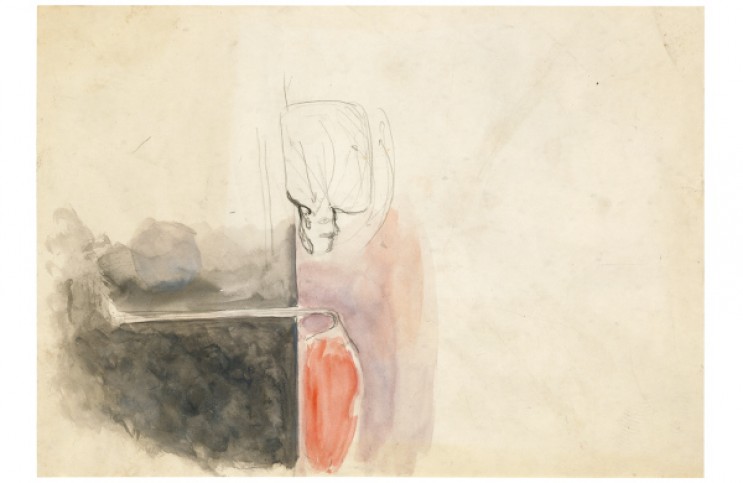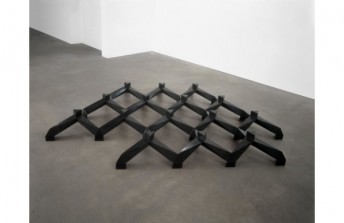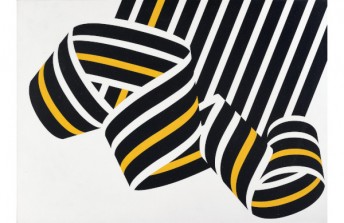Joseph Beuys - An Artistic Healer For The Generations
Feb 2, 2022
Sculptor, teacher, mentor, pioneering environmentalist, political activist, self-styled shaman, and an alleged charlatan of questionable character - Joseph Beuys was most certainly a man who wore many hats. However, he is most famously remembered the world over as being among the greatest postwar artists of all time and one who dared to use his craft to grapple with the complex realities that faced the world after the war.
2021 was a significant year for fans of this German artist, as the year marked the centenary of Joseph Beuys' (1921-1986) birth. To celebrate Joseph Beuys' legacy, events were held throughout the year, with the most notable exhibition titled: Joseph Beuys: Line to Line. Sheet to Sheet. Having previously been shown at the Dresden Print, Drawing and Photography Cabinet, the exhibition proceeded to be launched at the Musee d'Art Moderne de Paris, where the collection will continue to be housed till the 27th March 2022.
A Performance Artist of Note
Joseph Beuys was a man like no other. Although he described himself as a sculptor, when famously questioned about his choice of profession by immigration officials at New York's JFK airport back in 1974, he was much more than that. The former everyday encounter marked the beginning of a performance piece where Two men swaddled Joseph Beuys as he entered the USA as transported in an ambulance to the Rene Block Gallery in Manhattan where his evocative exhibit I Like America and America Likes Me was about to open.
When Beuys arrived at the gallery on a stretcher, it had been transformed into a type of holding bay featuring bales of straw, copies of the Wall Street Journal and even a real coyote! For the subsequent three days, Joseph Beuys lived alongside the coyote while a captive audience looked on from the other side of a mesh fence. This is just one poignant example of the way Beuys connected with his work by immersing himself in it, quite literally at times.
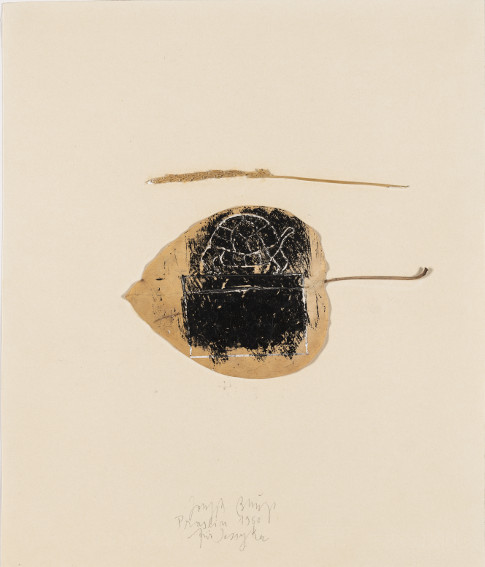
Joseph Beuys - Für Jessyka. 1980. © Adagp, Paris, 2021. Photo: © Andreas Diesend
With A Fascination With Healing and Transformation
Aside from his performance pieces, over the course of his life, Joseph Beuys created over 10,000 drawings that provide a unique insight into the artist's discipline. One hundred of these drawings make up part of the Joseph Beuys: Line to Line. Sheet To Sheet exhibit and allow visitors to get an overview of Beuys' development as an artist throughout his career.
When admiring much of Joseph Beuys' work, be it his drawings, sculptures, or performance art pieces, his interest in transformation becomes evident. Although Beuys is known to give up his childhood dream of becoming a medical doctor for the sake of his art, his desire to promote healing through various mediums that change social order does come through in his work, be it his sculptures or lecture tours.
Joseph Beuys ideas on transformation and healing tie in well with the themes of war, nationhood, fascism, trauma and repair, which also feature heavily in his work. He did not approach these topics from a scientific or historical perspective but was primarily interested in discovering the ways in which the destruction and damage caused during the war could be transformed through mythic narrative. In Joseph Beuys' mind, the Nazis used poisoned myths to achieve their goals, and through his work, he would undertake the mission to reclaim and decontaminate such myths in the minds of his audience.
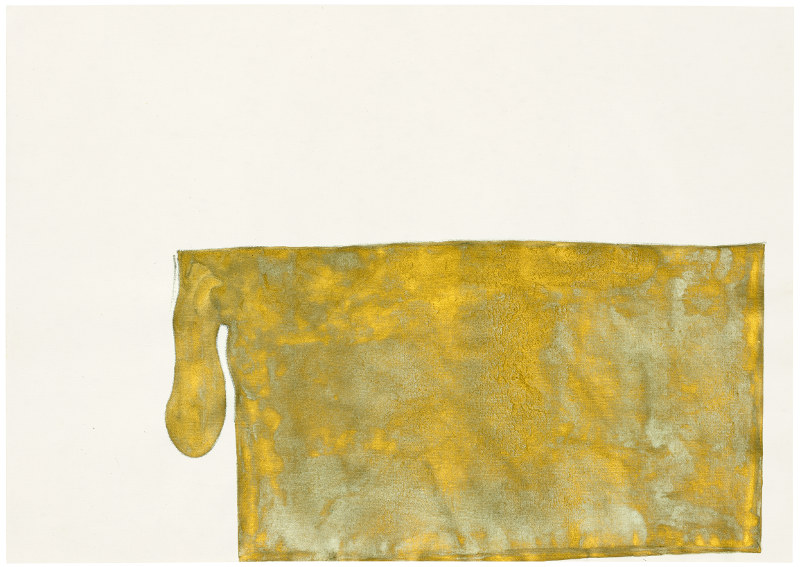
Joseph Beuys - Sans titre. Non daté [vers 1960]. Photo: © Jochen Littkemann
Pushing Boundaries Through Audience Collaboration
Beyond Joseph Beuys' exquisite drawings, a common feature of so much of his work is that he pushes the boundaries of what traditionalists consider ‘art’. For instance, Beuys was famous for bringing items into a gallery that didn't quite belong there. Joseph Beuys’ sculptures and installations were so often composed of humble everyday materials that clearly intended to kindle raw emotional responses in the audience. It is clear from some of his most famous pieces that Joseph Beuys believed that every person had a potential artist within them. As such, his work commonly featured very ordinary, somewhat mundane items, such as fat and bandages, arranged in ways that invite spectators to become collaborators in the artwork.
Furthermore, Joseph Beuys had a strongly held belief that his art would have the power to shape society for the better through creative pursuits. This very strength of conviction drove Beuys to push the established boundaries of the art world to incorporate human action into his work and have it feature within large-scale sculptural environments as a way of exploring universal social concerns plaguing communities.
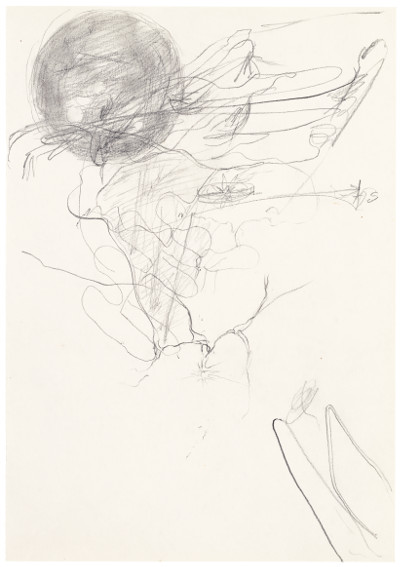
Joseph Beuys - Sans titre. Non daté. Photo: © Jochen Littkemann
In short, Joseph Beuys is considered to be one of the most controversial artists of the second half of the 20th century. However, he was much more than that. Joseph Beuys used his talents to provide social commentary and inspire his audience to take an active role in creating positive change in the world. His cutting-edge work was always a clear demonstration of his strongly held belief that artists had a pivotal role to play in healing society, as much as the doctor he dreamed of being as a child would have done. In fact, it could be argued that by choosing art and using it to push the boundaries the way Joseph Beuys did, he had a far greater role in transforming society, not only within his lifetime but for generations to come.
Featured image: Joseph Beuys - Sans titre. Non daté. Photo: © Jochen Littkemann
All photos courtesy Musee d'Art Moderne de Paris
